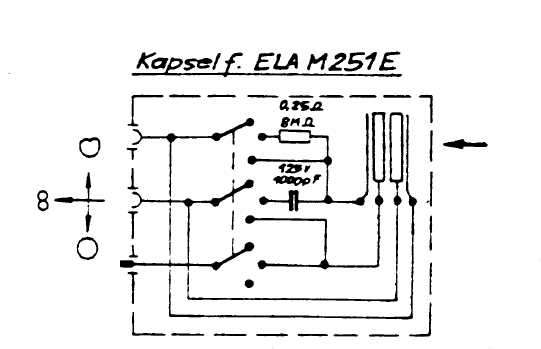Melodeath00 said:
Good point, David Bock. I have been unable to find any wet tantalums over 125V in the 3.3uF range, and they are very expensive. Do you think it's really worth it sound-wise, and is it dangerous to use a cap of 125V? And wouldn't it be dangerous for the transformer if the wet tantalum goes caput? I read that they short when they fail.
I've never seen the wet tant in a 251 short out (I have seen loss of capacitance), though I've seen plenty of tants short out in ATR124 decks taking down the whole machine (smoke optional).
I have also seen original T14/1 xfmrs go open. That wire is
mighty fine.
IF your new build mic does not copy the exact footprint of the 251, you should have more room for other cap options. Then you can listen and decide for yourself. But in a vintage 251, space is at a premium so the original cap is a must, unless you are willing to crack the plexiglass body, as some repairs guys are willing to do. FYI there is no electrolytic that will fit in that space that sounds good so don't bother.
Yes you can use a 125v cap, though it's safer with higher tolerances. The occasion of reaching 125v across the cap occurs at power up, when the B+ is there but the tube hasn't fully heated. Reaching full B+ once the tube is heated will likely not happen during normal use, unless you stick it in a kick drum.
I have found NOS went tants (of the value you need for this mic), even recently, so I know they are out there






















![Soldering Iron Kit, 120W LED Digital Advanced Solder Iron Soldering Gun kit, 110V Welding Tools, Smart Temperature Control [356℉-932℉], Extra 5pcs Tips, Auto Sleep, Temp Calibration, Orange](https://m.media-amazon.com/images/I/51sFKu9SdeL._SL500_.jpg)













